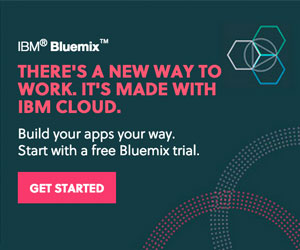A crucial part of the consumer experience of renting and buying real estate is experiencing the space before a decision is made. Until VR entered the real estate picture, the only way to experience an office, home, or retail space was to visit it: Matterport is the startup that changed that.
TechPORTFOLIO spoke with Linda Itskovitz, Matterport’s vice president of marketing, about VR’s entry into this sphere, and how VR tech is resounding across the enterprise world.
TechPORTFOLIO: Have real estate agents and companies been rapid or reluctant adopters of VR tech?
Linda Itskovitz: The real estate industry has been an early adopter of Matterport and VR. We set out to make capturing and experiencing real-world spaces virtually as easy as possible.
Real estate agents are adopting Matterport’s CoreVR for a competitive advantage. We’ve heard stories of their use of VR in their marketing by creating virtual broker tours and open houses, as an example. We have real estate agents tell us about selling houses to buyers who view the property in VR without ever stepping foot inside the house.
We expect 2017 to be a pivotal year for adoption. In a recent survey we conducted with real estate agents and brokerages (n>300), 76% of respondents said that they had already adopted or plan to adopt VR in 2017. And it is catching on with other industries as well.
They are turning to Matterport because they can integrate VR into their offerings seamlessly and deliver it at scale immediately. The ones that are adopting sooner are getting a real competitive advantage in the marketplace.
TechPORTFOLIO: For those who aren’t familiar with Matterport, what is the target market for your technology, and what makes Matterport unique?
Linda Itskovitz: Matterport is an immersive media technology company that delivers an end-to-end system for creating, modifying, distributing, and navigating immersive 3D and virtual reality (VR) versions of real-world spaces on the Web, mobile devices, and VR headsets.
We power industries from real estate, travel, and hospitality to architecture, engineering, and construction, and everything in between. We give people a sense of what it is like to be inside a space, without actually being there, which has many practical applications across a myriad of industries. There are a number of things that make what we do unique:
- A key Matterport innovation that is important to understand is the simplicity of our capture system. We wanted to make it super easy to capture real-world spaces, so that was a huge focus for us—to make it easy enough so you don’t need training or to have a technical skill set.
- 3D is much more sophisticated than 360 walk-throughs, which might not be obvious at first glance. Only Matterport 3D lets buyers move through a property as if they were really there, and offers complete measurements and real-world dimensions.
- Our proprietary Dollhouse View gives a unique perspective of each level of the property, enabling users to peel back floors one-by-one to get a true understanding of how different levels fit together in three dimensions, while offering an unobstructed view of lower floors.
- And lastly, and very importantly, we enable our customers to make Matterport Spaces available in VR, instantly.
TechPORTFOLIO: Ranging a little outside of the real estate space—are there any other current applications of VR and Matterport that you’re excited about in different spheres?
Linda Itskovitz: Yes, we are already seeing Matterport being adopted in other industries, beyond the real estate market. There are important applications across a wide range of verticals—in travel and hospitality and business listings, for example.
Matterport is being used more and more to enable people to experience spaces in advance of being there (such as researching a vacation property or selecting a restaurant with the right ambiance) as well as instead of being there (for educational purposes, for example).








 /newsrooms
/newsrooms
